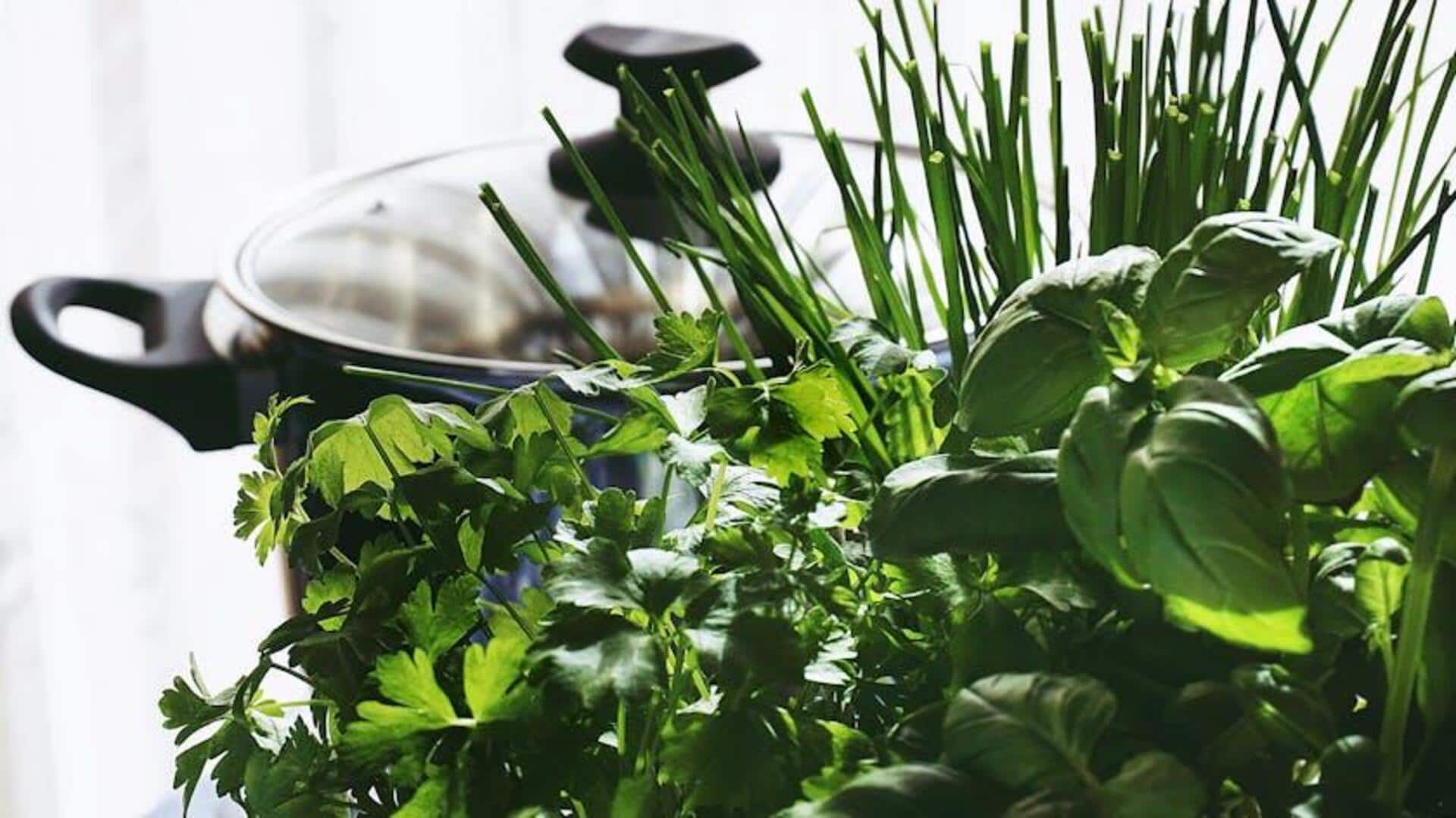
Master the dew-curing method to preserve your herbs
What's the story
Dew-curing is an age-old technique to keep harvested herbs fresh and flavorful.
This technique uses natural moisture and conditions to prolong the life of herbs without losing their quality.
By learning and practicing dew-curing methods, herb enthusiasts can keep the vibrant essence of their harvests.
Here are various insights into dew-curing techniques that can help you preserve herbs effectively.
Optimal timing
Timing is everything
The timing of harvesting is important when it comes to dew-curing.
It is ideal to harvest the herbs early in the morning, when they are covered with dew. The moisture from the dew helps kickstart the curing process, keeping the herbs' essential oils and flavors intact.
Avoid harvesting during the midday, when the sun is at its peak, as it can lead to wilting and loss of potency.
Ventilation importance
Proper air circulation
Ensuring proper air circulation during dew-curing is essential for preventing mold and maintaining herb quality.
Hang harvested herbs in a well-ventilated area where air can flow freely around them.
This helps in evenly drying out excess moisture while keeping the essential oils intact within the leaves/stems/flowers.
Temperature regulation
Temperature control matters
Maintaining an appropriate temperature range is key to successful dew-curing.
Ideally, keep temperatures between 20 degrees Celsius and 25 degrees Celsius (68 degrees Fahrenheit to 77 degrees Fahrenheit) for optimal results.
Too high temperatures may cause rapid drying, leading to loss of flavor, while too low temperatures might prolong drying time, increasing risk of spoilage.
Light exposure
Use natural light wisely
Natural light is a key player in perfecting the curing process. It warms up herbs gently without damaging them to direct exposure.
This could ruin delicate compounds inside them over time if not monitored carefully.
This stage goes on until it happens naturally in controlled conditions.
These can be indoors or outdoors, based on preference, availability, and resources.
They're tailor-made for achieving desired outcomes.